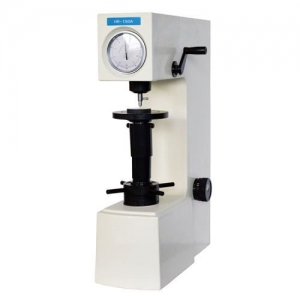A stereo microscope, sometimes referred to as a dissecting microscope, is a kind of microscope that projects a three-dimensional image of the item under observation using two objective lenses and two eyepieces. In contrast, a compound microscope creates a two-dimensional image of the specimen using just one objective lens and one eyepiece.
Two distinct optical pathways are used by stereo microscopes to illuminate the specimen. Every optical route has a unique eyepiece and objective lens. The specimen is seen from slightly different angles by the two objective lenses because of their little offset from one another. When the two images are integrated in the viewer's mind, a three-dimensional representation of the specimen is produced.
Stereo microscopes can magnify objects up to 75 times, which is a rather small range. But because of their lengthy working distance, there is a lot of room between the specimen and the objective lens. They are therefore perfect for looking at huge specimens or ones that are challenging to prepare for compound microscope viewing.
Applications for stereo microscopes are numerous and include electronics, materials science, biology, and geology. They are employed in numerous educational contexts as well.






